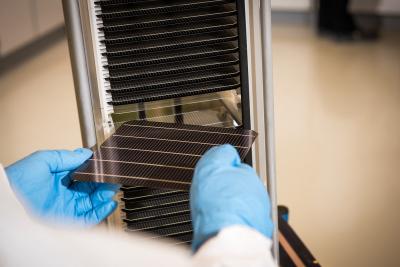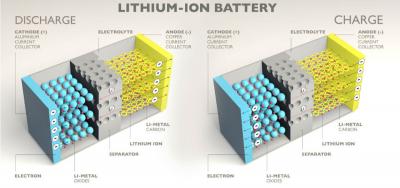KAIST and Seoul National University develop high-performance material for Perovskite-based LEDs
A research team, led by Professors Byungsoo Bae at KAIST and Taewoo Lee at Seoul National University, has developed a new perovskite light-emitting diode (PeLED) display material.
PeLED is a type of LED that uses perovskite as a light-emitting material. Currently, the production cost is lower than that of organic light emitting diodes (OLEDs) and quantum dot light emitting diodes (QLEDs), and it has the advantage of enabling sophisticated color realization.




